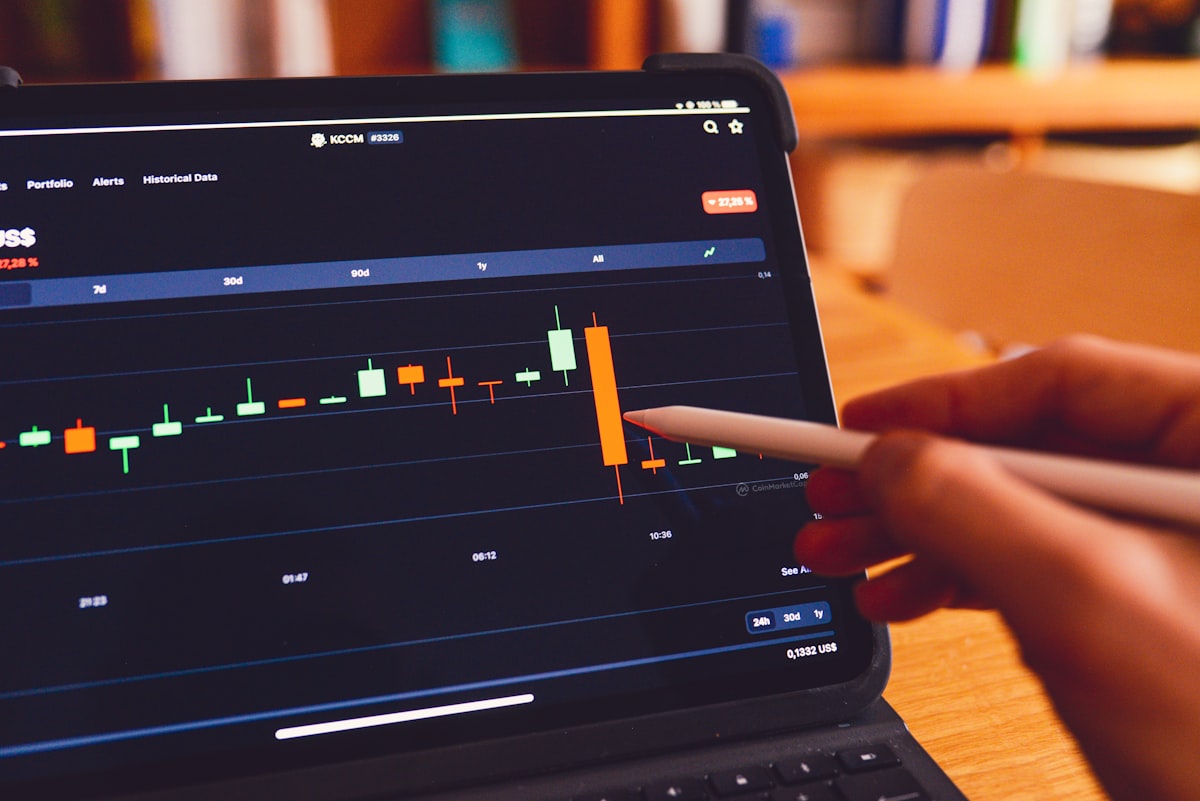How to Use PCR (Put Call Ratio) to Find False Breakouts or Breakdowns?
Struggling to distinguish between true or false breakouts or breakdowns and losing money? Read the blog to learn how PCR can help find these false breakouts or breakdowns.

The world of trading is a complex and often unpredictable arena. Traders constantly seek tools and indicators that can help them make more informed decisions and minimize risks. One such tool that has gained prominence in recent years is the Put-Call Ratio (PCR).
In this blog post, we will explore what the PCR is, how it is calculated, and most importantly, how to use it to identify false breakouts or breakdowns in the market.
What is the Put-Call Ratio (PCR)?
The Put-Call Ratio, often abbreviated as PCR, is a popular sentiment indicator used by traders and investors to gauge market sentiment and potential trend reversals. It represents the relationship between the number of put options and call options traded on a specific underlying asset or index.
In simpler terms, the PCR reflects the balance between bearish and bullish sentiment in the market. A high PCR suggests bullish sentiment, indicating that investors are selling more put options (which profit from a decline in prices), while a low PCR indicates bearish sentiment, as investors shorting call options (which profit from rising prices).
How is the PCR Calculated?
Calculating the PCR is relatively straightforward. To calculate the PCR for a particular stock, index, or asset, you need to divide the total number of outstanding put options by the total number of outstanding call options for that asset.
PCR = Total Number of Outstanding Put Options / Total Number of Outstanding Call Options
For example, if there are 5,000 outstanding put options and 10,000 outstanding call options for a specific stock, the PCR would be 0.5 (5,000 / 10,000).
I have written a detailed article on PCR. Please check below link:

I recommend please go through the above article before moving further in this article.
What Does a High PCR Mean?
In options trading, option sellers are the dominant players. This means significant open interest buildup in any direction can be read as the positions created by options sellers.
In simple words, if you find that huge oi buildup on the put side that means people are selling puts. and when they are selling puts that means they want the underlying asset to go higher. And vice-versa for oi buildup on the call side.
So to make it simplified, you can follow PCR below format:
A high PCR, typically above 1.0, suggests that there is a significant amount of bullish sentiment in the market. This means that more traders are betting on a potential upside in the price of the underlying asset. High PCRs are common during bull markets or when investors expect a rally in the market.
What Does a Low PCR Mean?
Conversely, a low PCR, usually below 1.0, indicates a prevailing bearish sentiment. This implies that more traders are optimistic about the asset's future price depreciation. Low PCRs often occur during times of market uncertainty or when investors anticipate a correction or downturn.
How to Use the PCR to Find False Breakouts or Breakdowns
Now that we have a good understanding of what PCR is and how it works, let's delve into how you can use it to identify false breakouts or breakdowns in the market.
Look for a Sharp Increase in the PCR in the Lead-up to a Breakout
One of the key ways to use the PCR effectively is to monitor its behavior leading up to a potential breakout or breakdown in the market. If you observe a sharp increase or decrease in the PCR as the asset approaches a critical support or resistance level, it could be a warning sign of a false move.
For instance, if a stock has been in a strong uptrend, and just before what appears to be a bullish breakout, you notice a sudden decline in the PCR, it may indicate that there is an overwhelming bearish sentiment building up. This could suggest that the breakout might not be genuine and could lead to a false move.
Check if PCR at support or resistance is changing or not
If you go through the above shared article that I have shared above to find support and resistance using PCR, you will know that if PCR on any particular strike is below 0.60 that strike acts as a resistance zone.
And if PCR in any strike is above 2 that means it's a support.
Now whenever there is a breakout or breakdown, you must follow the PCR, is PCR is also changing that means it's a positive breakout if PCR is not changing, that means it's a false breakout.
For example, if you find that PCR at 19900 in Nifty is 0.40. That means it's an immediate resistance. If tomorrow there is a gap-up and nifty is trading above 19900 then look at the PCR if PCR is also increasing and goes above 0.60 that means its a successful breakout and now resistance is moving towards higher levels.
On the other hand, if you find that there are no changes in PCR that means it's a false breakout and Nifty will not sustain on higher levels and will fall.
This is how you can manage your trades. I'm teaching these basic and important concepts in more detail in my mentorship program.
Confirm the Breakout or Breakdown with Other Technical Indicators
To strengthen your trading decision, it's essential to use the PCR in conjunction with other technical indicators. These could include moving averages, trendlines, and volume analysis. Confirming a potential breakout or breakdown with multiple indicators can help filter out false signals and increase your confidence in your trade.
For instance, if the PCR is showing a high bullish sentiment, and the asset's price successfully breaks through a strong resistance level and is supported by increasing trading volume, this alignment of indicators suggests a more reliable breakout.
Conclusion
In conclusion, the Put-Call Ratio (PCR) is a valuable tool for traders and investors seeking to identify false breakouts and breakdowns in the market. A high PCR can warn of potential false bearish breakouts, while a low PCR can suggest false bullish breakdowns. However, it's crucial to remember that the PCR is not infallible and should be used in conjunction with other indicators to make more informed trading decisions.
By understanding the PCR's significance, calculating it accurately, and integrating it with other technical and fundamental analysis techniques, you can enhance your ability to spot false moves in the market and ultimately become a more successful trader.
I hope now you have understood, how you can use PCR to find false breakout or breakdown. In starting it may look a little bit tricky but believe me once you start deploying it in your live trading, it will reduce so much of the noise.
If you still have any queries, feel free to type in the comment box. I love to solve all your queries.
Options Strategies – A Mentorship Program
If you’re an options trader looking to take your skills to the next level, then our Options Strategies: A Mentorship Program is the perfect opportunity for you. With our program, you’ll learn advanced option hedging strategies and adjustments through live market support, giving you the hands-on experience you need to succeed.
By signing up for our program, you’ll gain access to a team of experienced options traders who will guide you every step of the way. You’ll learn how to identify the right options strategies for different market conditions, how to manage risk effectively, and how to adjust your positions as needed.
Plus, with our live market support, you’ll have the opportunity to ask questions and get real-time feedback on your trades. This personalized support will help you develop the confidence and skills you need to take on even the most challenging market conditions.
Don’t miss out on this valuable opportunity to take your options trading to the next level. Sign up for our Options Strategies: A Mentorship Program today and start your journey toward success!






